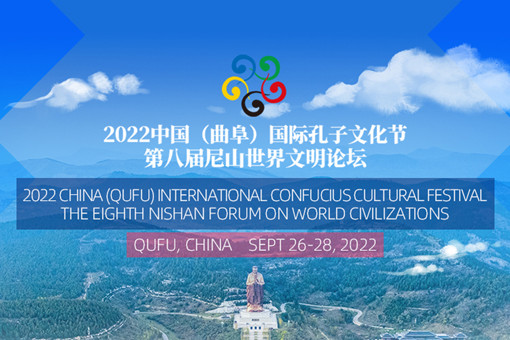Weifang invests in rich cultural heritage
The hometown of many of China's leading artists and cultural scholars including Mo Yan, the country's first winner of a Nobel Prize in Literature, Weifang is a recognized city of culture whose government has been making efforts to improve local cultural and tourism facilities and services.
In the past century, local artists developed a unique school of calligraphy and painting, whose works can be found in some of the 2,000 galleries across the city. Today, Weifang is one of the most important painting markets in the nation.
More than 1,000 painting exhibitions are held in the city every year. The annual Chinese Painting Festival, one of the most influential, attracted more than 10,000 artworks last year, with trade volume valued at nearly 1 billion yuan ($161.1 million).
A project in the Shihuyuan area in the city center is one of the newest cultural attractions in Weifang. Covering nearly 10 hectares, the project has some buildings that date back more than 200 years, while newly added constructions have been built in the style of the same period.
The complex combines art exhibitions and trade, traditional displays and shopping facilities. It will house food vendors, handicraft stalls and souvenir shops when completed by Oct 1, although part of it is already open.
A traditional-style stage stands at the back of Wenchang Tower, a 22-meter-tall landmark in the area, where art performances have been shown every evening since May 22. About 50 cultural activities have been held over the past two months, including international painting exhibitions, with all open to tourists free of charge.
Du Gang, manager of the area, said the local government spent 1.4 billion yuan on the project, although the total rent for business facilities in the area is only expected to meet half that investment.
"The government has never wished to cover its investment with rent, because its true aim is to let the people enjoy the benefit of culture," Du said.
In Weifang's Qingzhou county, the 1.3-square-kilometer Songcheng area opened a painting and antique market in 2012, which has become a popular tourism site.
The area not only boasts buildings and roads built in the style of the Song Dynasty (960-1279), a reminder of its most prosperous period, but showcases about 100 performers demonstrating Chinese intangible cultural heritage items.
"We invited the masters to come out of their homes to show their skills at the site, not only to attract more tourists, but also to promote the heritages by letting more people see them and know them," said Gao Lingyun, publicity chief for Qingzhou.

Qingzhou Museum is China's only top-level museum housed in a county, and welcomes about 300,000 visitors each year.
One of its most valuable collections is an exam paper belonging to Zhao Bingzhong, who in 1598 won the title of zhuangyuan, an honor given to the scholar who achieved the highest score at the highest level of the Chinese imperial examinations.
It is the only original exam paper of a zhuangyuan preserved on the Chinese mainland, on which Zhao wrote his suggestions for the emperor on how to improve the management of officials and the country.
The museum also has about 4,000 items from the Xiangshan tomb from the Han Dynasty (206 BC-AD 220), of which about 2,000 are on display.
The tomb was discovered by accident during a construction project in 2006. The relics discovered were dug out from an accessory pit, which means there could be even more treasures still buried in the main tomb chamber, said a guide in the museum.
Other tourist attractions in Weifang include Yishan mountain in Linqu county, a national 5A-level tourism area with a Taoist background, and the archaeological sites and museums for dinosaurs in Zhucheng county.
zhangzhao@chinadaily.com.cn
|
A visitor photographs a giant mural at the 2015 Chinese Painting Festival in Weifang. Ju Chuanjiang / China Daily |
(China Daily 07/29/2015 page12)


 Nishan Forum on World Civilizations
Nishan Forum on World Civilizations Explore magnificent Yellow River culture in Shandong
Explore magnificent Yellow River culture in Shandong

